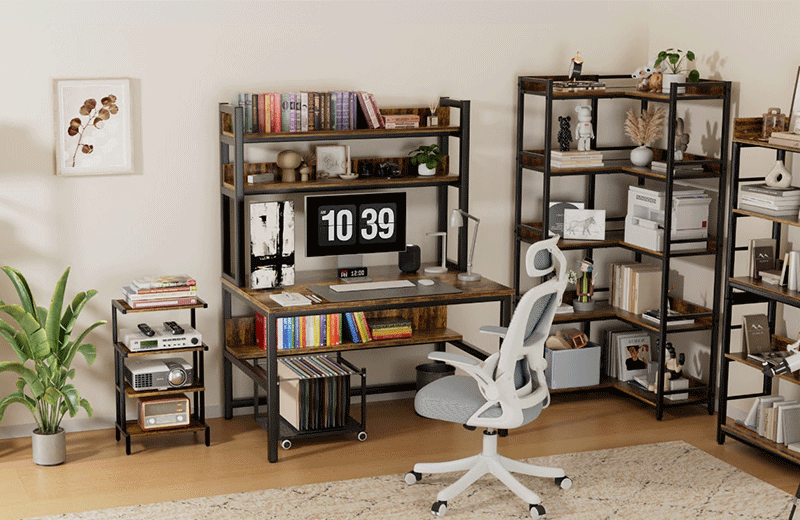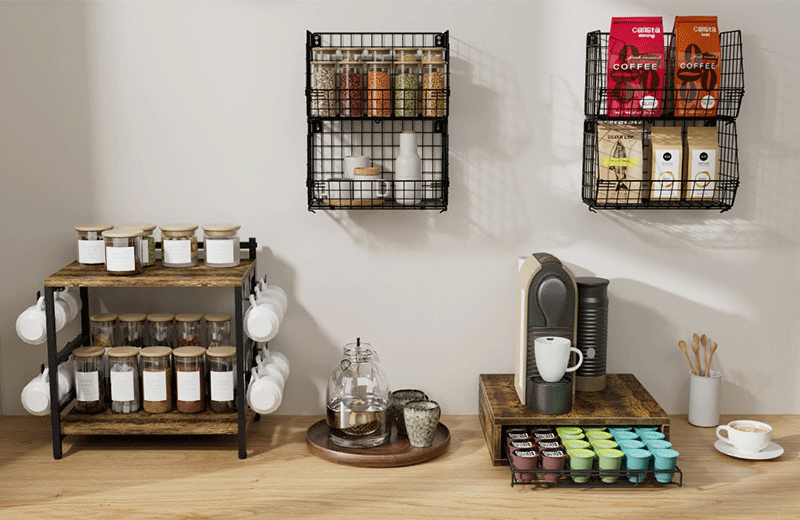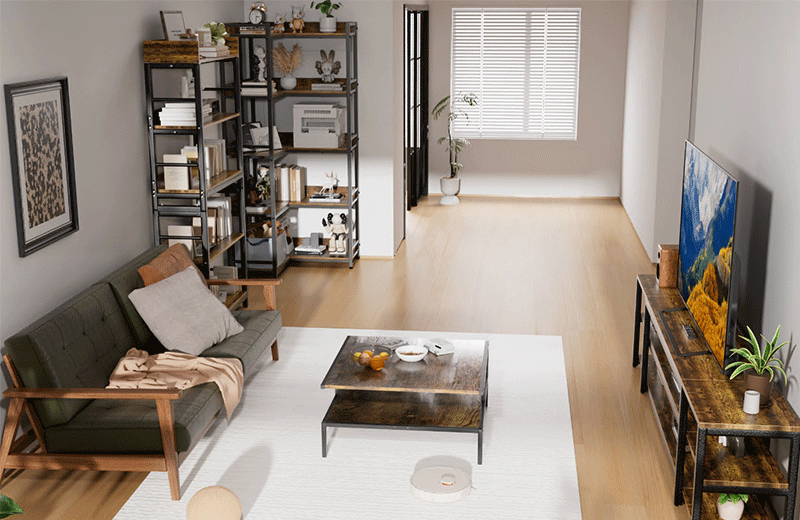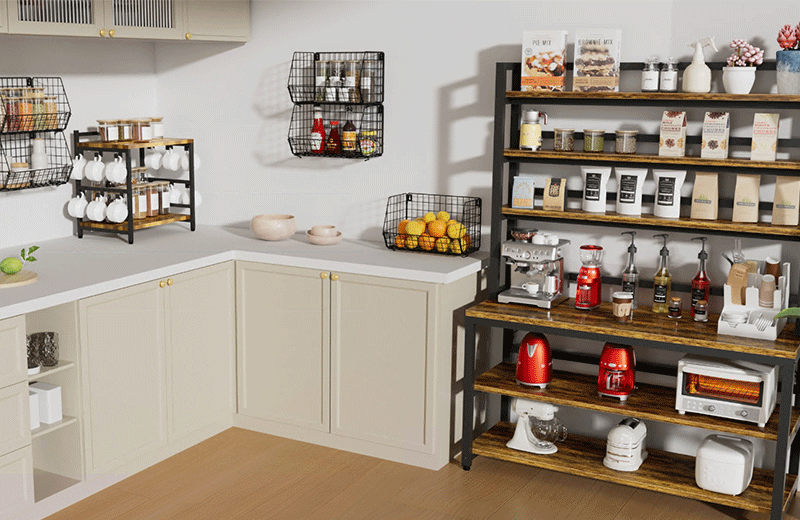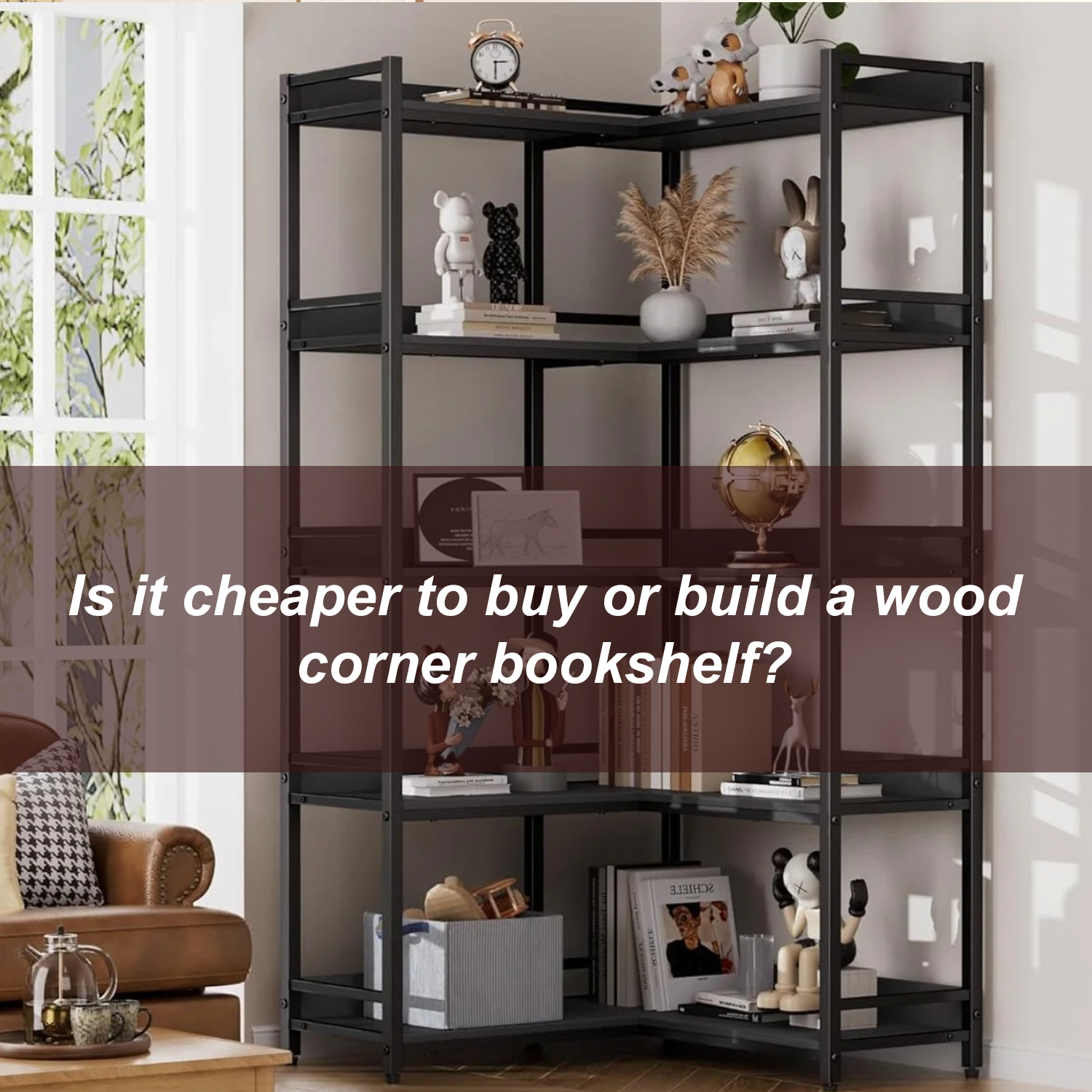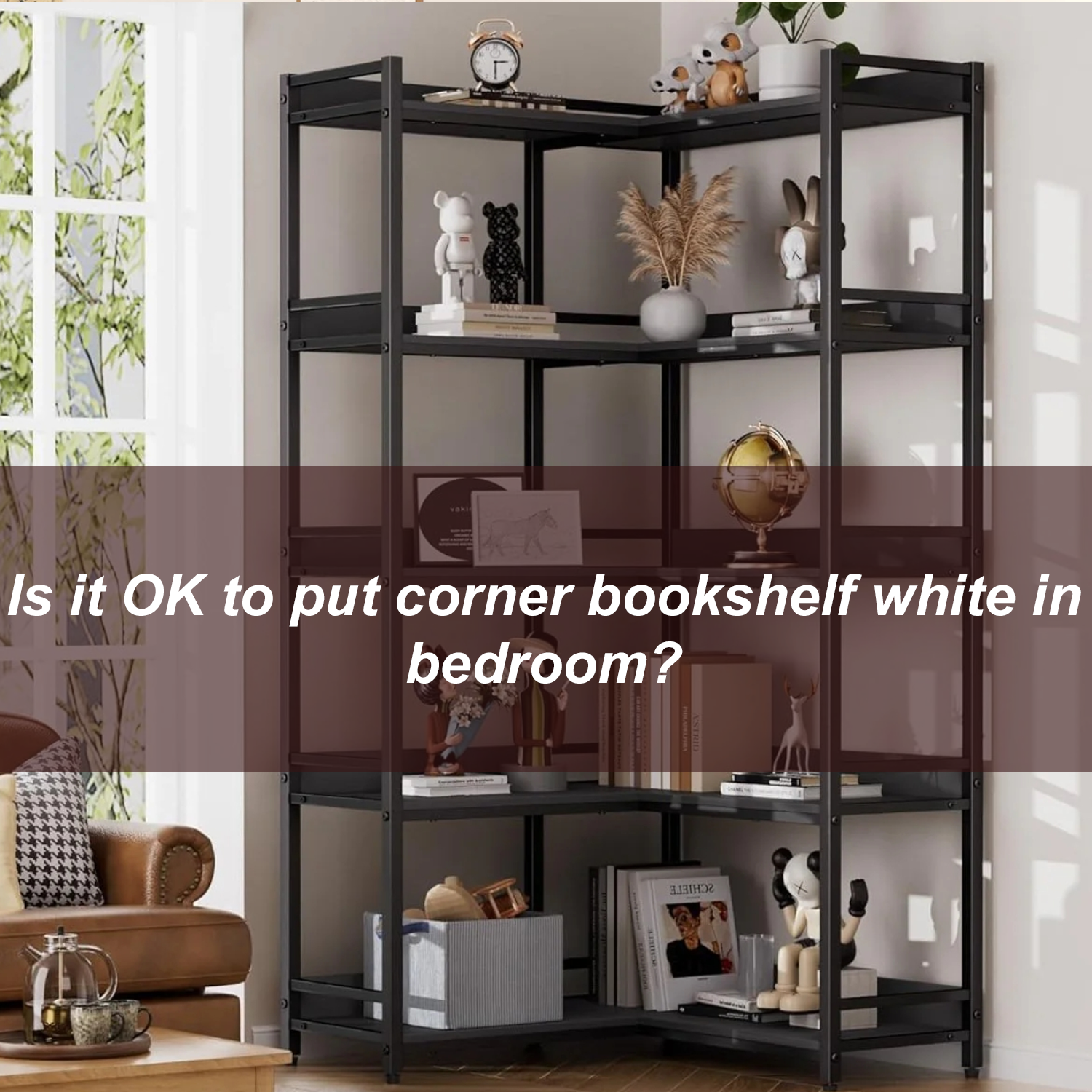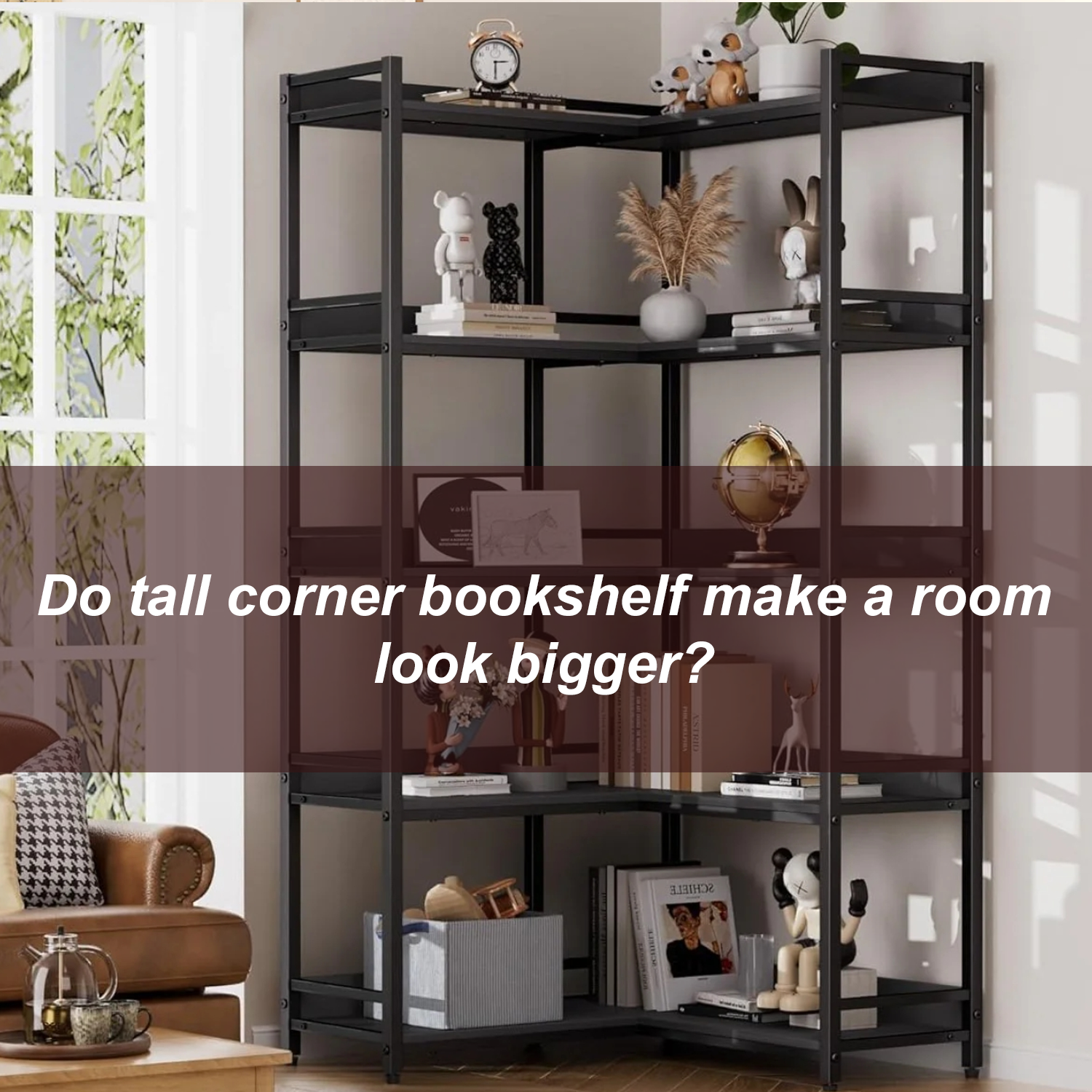A wood corner bookshelf is a practical and stylish addition to any home, helping to utilize space efficiently while adding character. But when it comes to acquiring one, the question often arises: should you buy it or build it yourself? Let’s break down the costs and considerations for both options to help you make the best choice.
Buying a Wood Corner Bookshelf: What to Expect
Purchasing a ready-made bookshelf is often the quickest option, but several factors influence the price:
-
Material: Solid wood shelves are generally more expensive than those made from engineered wood like MDF or particleboard. Prices typically range from $100 to $500, depending on quality.
-
Size and Style: Simple designs and smaller sizes can cost as little as $50, while larger or more intricate styles can exceed $1,000.
-
Brand and Vendor: Big-name brands or specialty furniture stores may charge a premium. Online marketplaces such as Amazon and Wayfair often have budget-friendly options, but consider potential shipping costs for larger items.
-
Assembly: Some bookshelves come pre-assembled, but others may require DIY assembly. Many retailers offer assembly services for an added fee.
While buying is convenient and ensures a professional finish, it may not be the most cost-effective option if you’re on a tight budget or have specific design needs.
Building a Wood Corner Bookshelf: What It Involves
Constructing your own bookshelf can be an economical and rewarding alternative, but the costs and efforts depend on several factors:
-
Materials:
-
Wood: The type of wood significantly impacts cost. Solid wood boards range from $20 to $100 each, while plywood or reclaimed wood offers a cheaper alternative.
-
Hardware: Screws, brackets, and fasteners typically cost $5 to $20.
-
Finishes: Paint, stain, or varnish add $10 to $30 to the total cost.
-
-
Tools:
-
If you already own tools like saws, drills, and measuring tapes, you’ll save money. Otherwise, purchasing or renting tools could add $50 to $200.
-
-
Time Investment:
-
Building a bookshelf takes time, especially for beginners. A simple project might require an entire weekend.
-
Errors can increase costs if you need to buy replacement materials or redo parts of the project.
-
-
Customization:
-
A DIY approach allows you to tailor the bookshelf’s dimensions and style to your exact needs. This level of personalization is often more expensive when ordered from a retailer.
-
For many DIY enthusiasts, the material and tool costs can range from $50 to $200, making it a potentially cheaper solution than buying a pre-made unit.
Additional Factors to Consider
While cost is a significant factor, other aspects might influence your decision:
-
Skill Level:
-
Building furniture requires basic woodworking knowledge. If you’re inexperienced, the learning curve can be steep.
-
-
Quality:
-
Professionally made bookshelves often have a polished finish and durability that may be challenging to replicate unless you have advanced skills.
-
-
Satisfaction:
-
Creating something with your own hands can be highly rewarding and provide a sense of accomplishment.
-
-
Time Constraints:
-
If you need a bookshelf quickly, buying one is the faster option.
-
Deciding Between Buying and Building
To determine the best choice for you, consider these factors:
-
Budget: If saving money is a priority and you have access to tools, building your bookshelf could be the more affordable option.
-
Time: If time is limited, purchasing a pre-made unit is likely more practical.
-
Customization Needs: For unique size or design requirements, a DIY project might be your best bet.
-
Skillset: Confident woodworkers can produce high-quality pieces at a lower cost compared to purchasing.
Conclusion
Ultimately, whether to buy or build a wood corner bookshelf depends on your priorities, resources, and preferences. Buying provides convenience and professional craftsmanship, while building allows for customization and potential cost savings. By weighing your budget, time, and skill level, you can make the decision that best fits your needs and enhances your living space.

